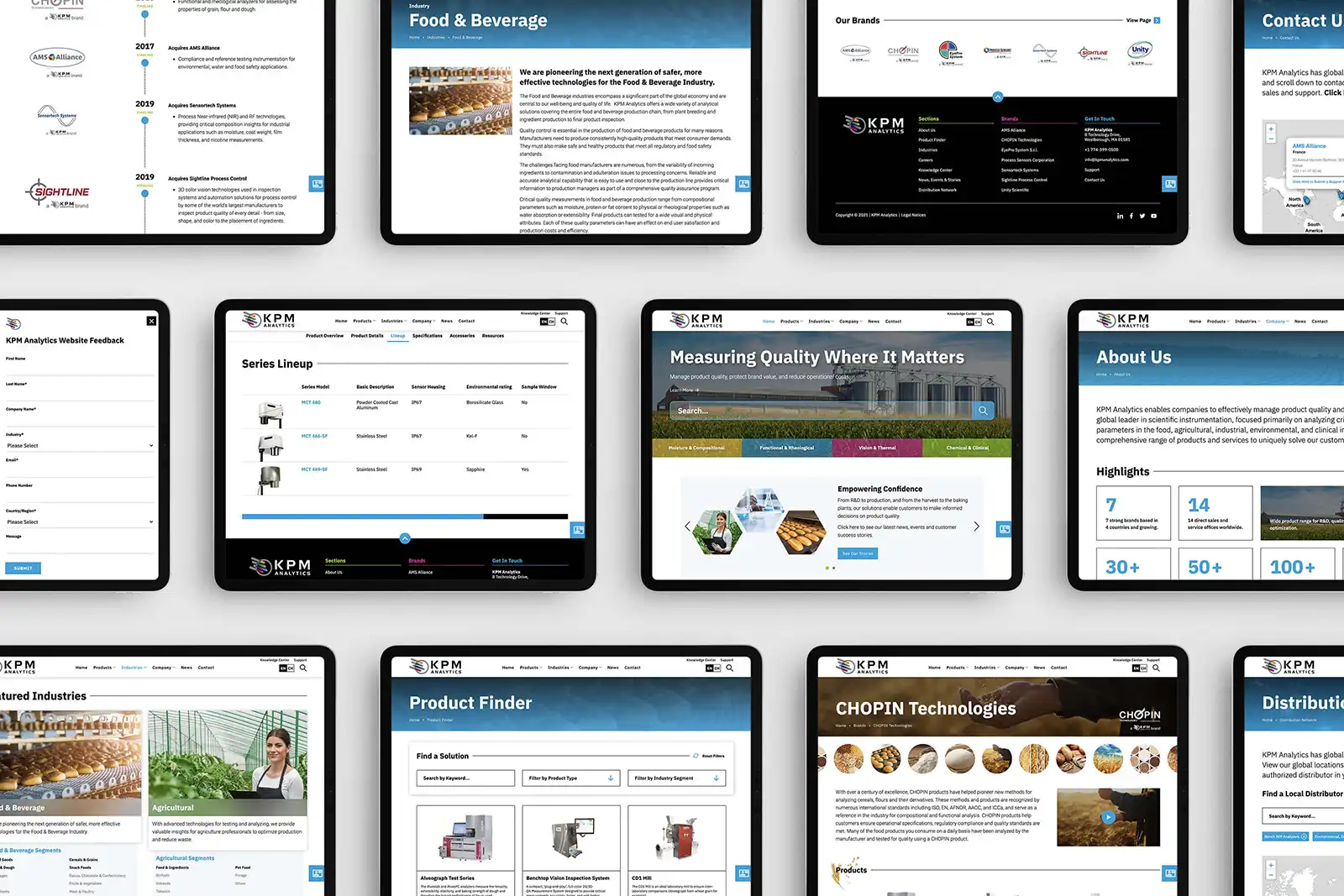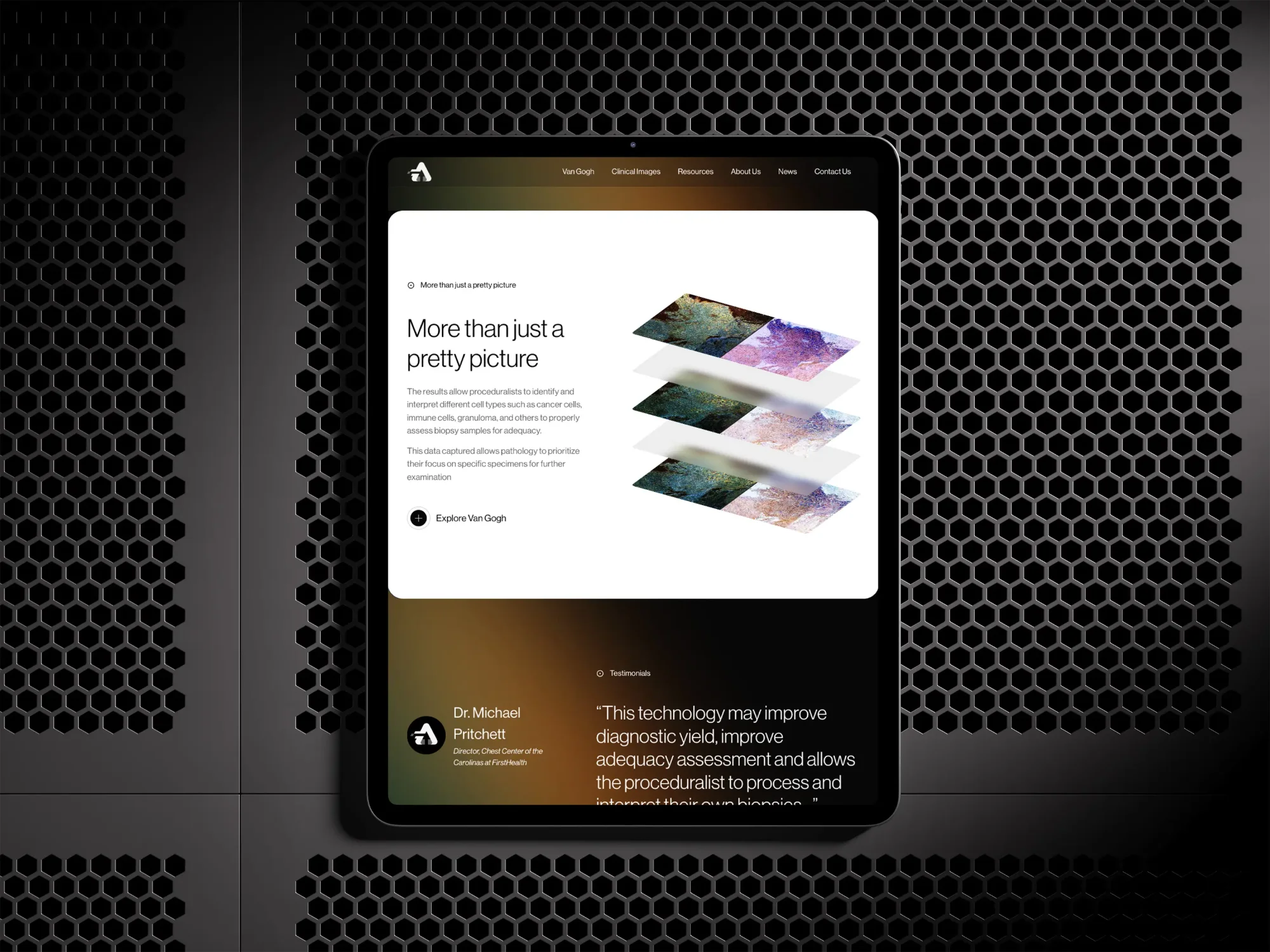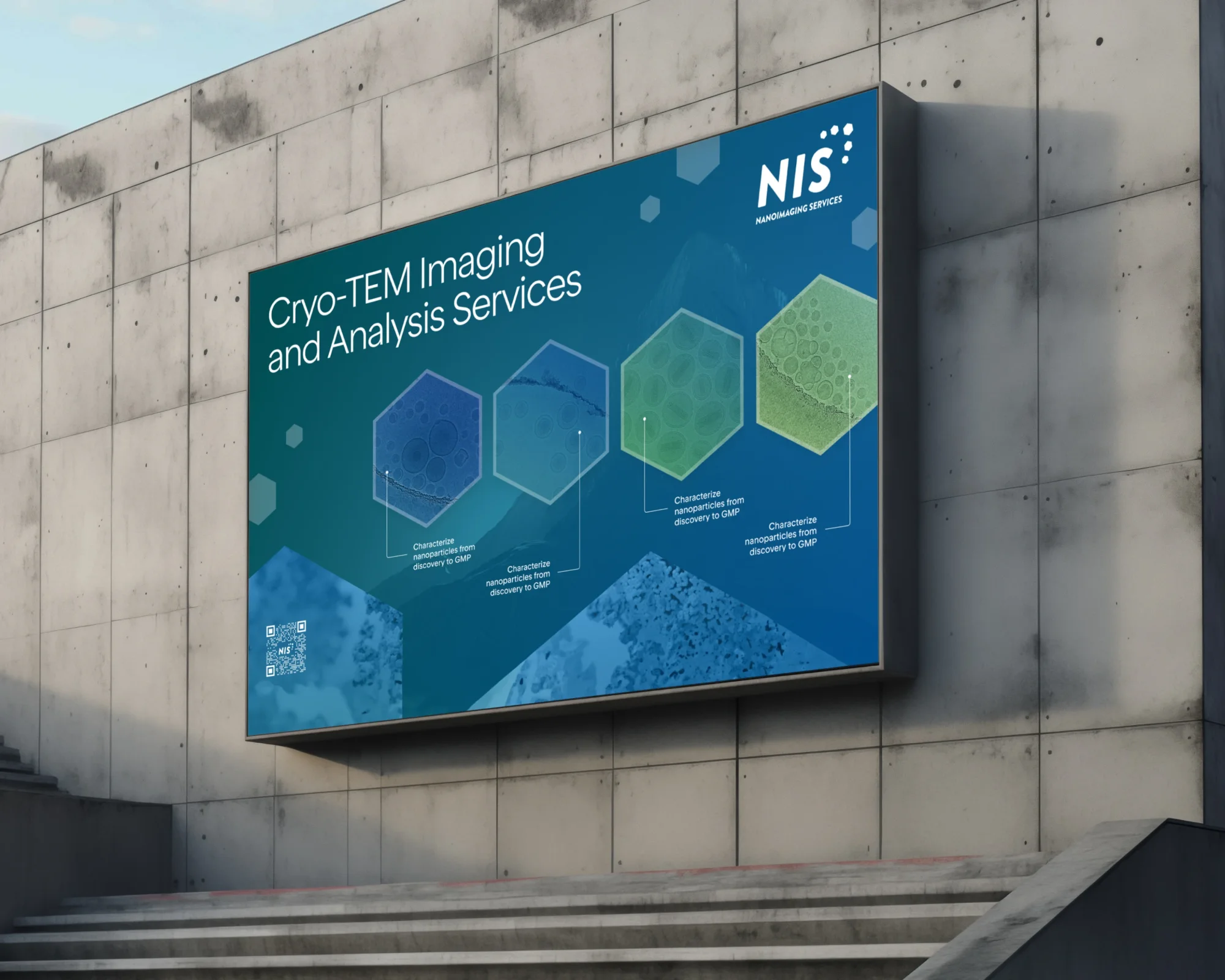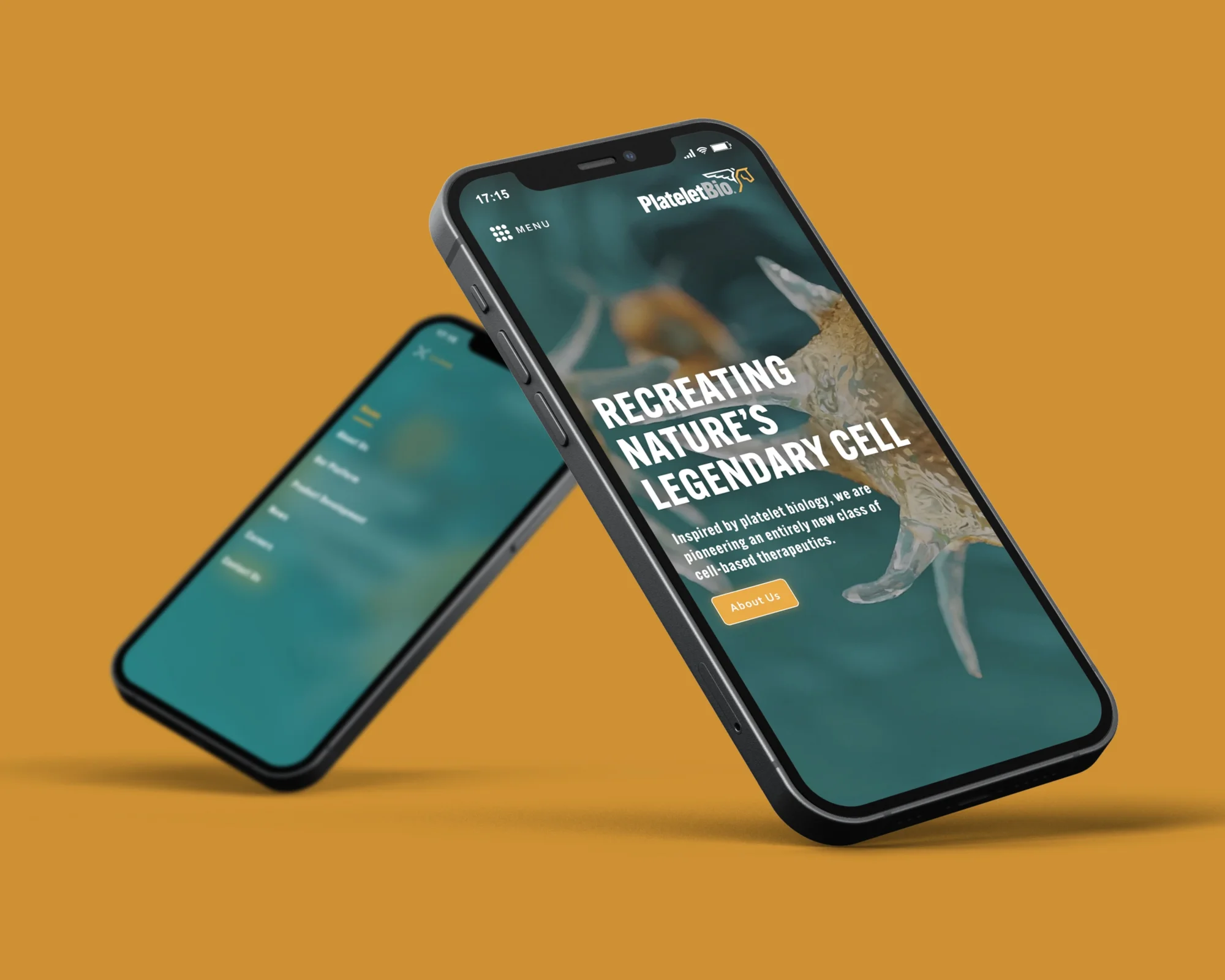The X-ray: A Shot in the Dark to Modern Medical Marvel


What will the world miss if you don’t tell your story? What vexing problem do you seek to solve? What does your soul yearn to investigate?
The backbone of our very nation is filled with archives of inventors, creators, physicists, explorers, and pioneers who all set out on an idea, concept, or hypothesis focused on finding answers to problems that would make a profound positive impact on the world they would one day leave behind.
In our modern-day digitized world run by instant gratification, we often take for granted the foundation from which some of these ideas once came about. We live in an age where almost anything we want can be on our front step within the hour, where the convenience of knowledge is in the palm of our hand, and where answers are within everyone’s reach.
But did we ever stop to wonder how we got here? How will we grow from where we are today? As we learn more, the possibilities and opportunities to advance are immeasurable. Only through research, journaling, storytelling, and writing down discoveries and misconceptions do we truly appreciate where we are today. And perhaps what we discover may not even be what we initially sought.
Take a moment and step into a room with me. It is a cold winter day. You’ve been sick, and it has been over a week of fevers and chest congestion. You walk into your nearest urgent care, and your doctor recommends a chest x-ray. Without hesitation, you walk into the next room, and the answer is there in a flash, literally speaking. Pneumonia is confirmed, and antibiotics are called into the pharmacy down the street.
You can also imagine a scenario of a child falling during a soccer game with severe and unrelenting pain in their wrist. You whisk them off to the emergency room. An x-ray confirms a wrist fracture, and your child is in a cast (color of their choice, of course) and home in time for dinner.
Or perhaps you or a loved one, unfortunately, have suffered a cancer diagnosis. Still, it can be cured through modern-day medicine, including radiating the cancerous cells directly at their source.
We have all been in one of these situations, in one of these rooms. But as quick as the flash of that X-ray was to illustrate the abnormalities or precisely target the cancer cells, did we ever stop to consider how this revolutionary, state-of-the-art, multi-billion-dollar industry became an ordinary and routine tool in today’s medical world?
What if I told you that one of the most significant milestones in medical history was a serendipitous discovery? What is now commonplace was an accident that created an entirely new form of communication. When Willhelm Conrad Roentgen, a professor of Physics in Bavaria, stumbled upon these new rays, it was pure accident. The rays, known around the world initially as Roentgen Rays, were later called X-radiation to signify they were an unknown form of radiation. Roentgen was experimenting with a vacuum tube known as the Crookes tube. His tube was covered in black paper, and the discovery was made in a pitch-black room. Despite that, he noticed that these rays still emitted a green iridescent light reflecting as a shadow on a nearby screen. He realized this ray could pass through books and papers.
Roentgen became fixated on learning more about these new rays and locked himself in his lab for nearly two months, knowing this discovery was groundbreaking. Ultimately, he wrote a preliminary report titled: A New Kind of Ray: A Preliminary Communication. Roentgen quickly understood that his discovery would yield enormous advances and opportunities in the medical field and began to speak of his discoveries worldwide. He attended numerous conferences to spread his work and even performed demonstrations around the world.
Roentgen took his first x-ray photo of his wife’s hand in 1896 and from there he committed his life to tell his story, seek out the best avenues to share his work, and remain steadfast in pursuing the right individuals to oversee, incite, and inspire others to further become invested in his work. If he were not devout in ensuring his idea was streamlined, it would have remained just that, an idea and not one of the most influential medical discoveries of his time.
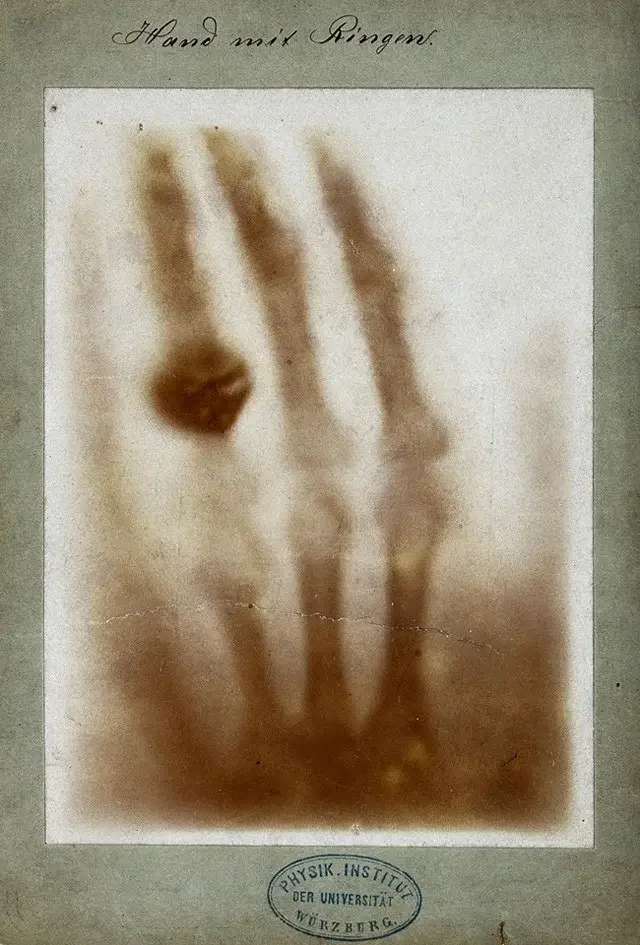
It is also evident in our modern-day world that Roentgen was cognizant of this medical marvel as he decided not to receive a patent on his discovery so society could benefit from his groundbreaking research. This led to an explosion of research on his work within the same year. Over 49 essays and 1044 articles were written about these preliminary rays. A popular magazine, "Science,” even dedicated twenty-three articles to these unknown but significant rays in one year.
In 1896, the popularity of X-radiation grew, leading to other applications for this new technology, as it was already being used to remove a bullet from a patient during surgery and a needle from one of his associate researchers. While Roentgen won his first Nobel prize in 1901 for his preliminary research on radiation, his more well-known successor, Marie Curie, would create mobile X-ray units based on his literature, known as little curies, and used in World War I to assist with the assessment of wounded soldiers in Belgium.
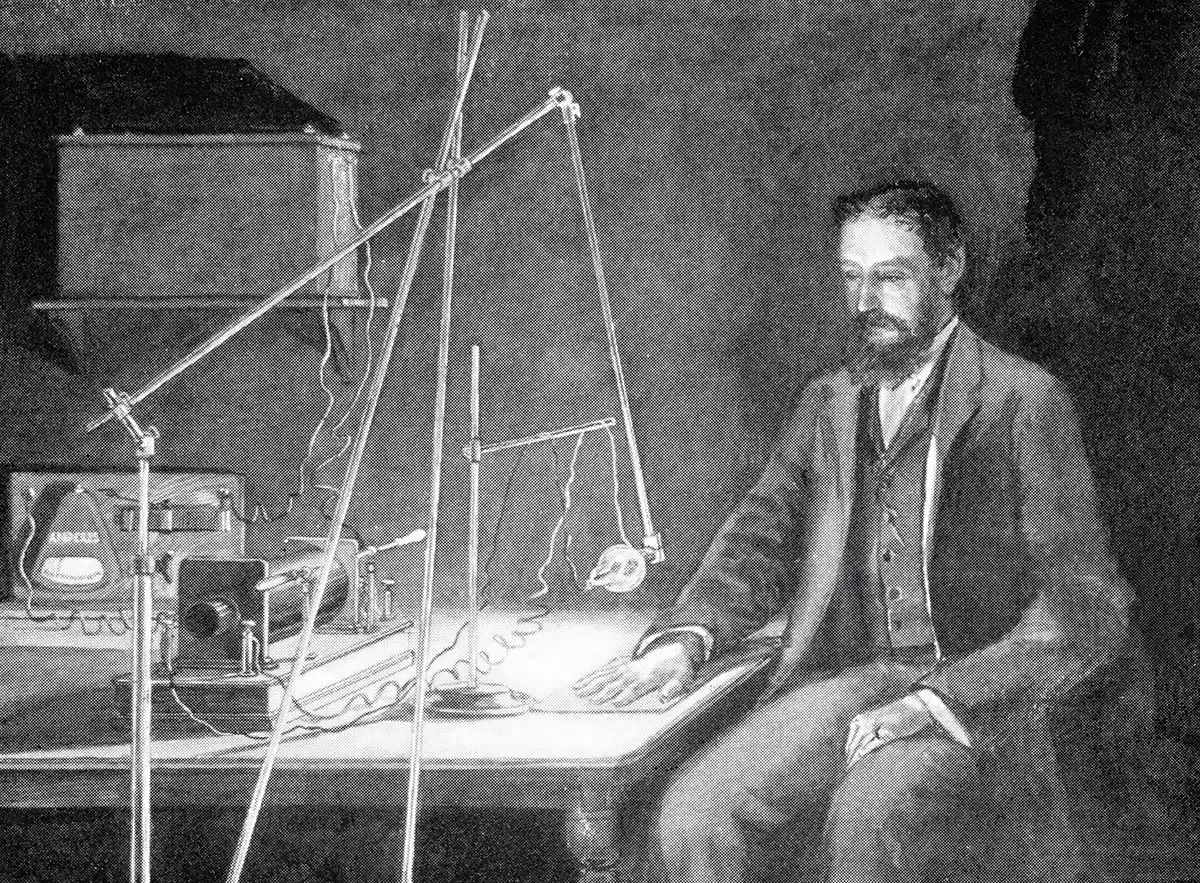
Thomas Edison, Nikola Tesla, among many others famously known for their ability to pioneer new inventions, continued to build off Roentgen’s and Curie’s crucial research. By the early 1900s, we could see the contours and shape of the heart for the first time. In fact, it only took 60 years to shift from the very first famous X-ray of Anna Roentgen’s hand, which took nearly fifteen minutes to capture, to using X-rays to identify DNA structure in milliseconds.
Through research, articles, storytelling, and building off our predecessors’ foundations, we turned this mishap into a medical miracle. Roentgen knew this marvel needed to be carried through the centuries and not lost in time. He understood that his first findings were the actual brick-and-mortar foundation for understanding the implications and harm of using these machines.
These pioneers were well-known thanks to their inventions and creations. Unfortunately for these pioneers, the same inventions that brought them fame and made the world a better place had severe health implications. Many of the early pioneers of the X-ray had serious illnesses or even died because of radiation exposure. Marie Curie died at age 66 from aplastic pernicious anemia, a condition related to her prolonged exposure to radiation.
It is essential to recognize these exceptional individuals' sacrifices to impact the modern medical world profoundly. It was only through the telling of these pioneers’ lives and deaths that we would realize the consequences that can occur with substantial radiation exposure. From their stories, we realized the importance of capturing images with greater depth and detail and at a faster pace with lower radiation and exposure time.
So where are we today with this medical giant? X-rays are non-invasive and are primarily the first line of testing to detect many abnormalities. In the United States alone, it is estimated that over 70 million chest X-rays take place each year. While two-thirds of the world’s population still has no access to diagnostic imaging, a staggering 3.6 billion X-rays are performed yearly. In fact, the U.S. diagnostic imaging services market size was valued at $122 billion in 2022 and is estimated to grow to $206 billion by 2030.
Some of the pivotal providers of creating the most state-of-the-art X-ray detectors include but are not limited to General Electric (GE), Siemens Healthcare, Fujifilm, Philips, and Carestream. These companies and how they have grown their equipment are built on this foundational research of the early 1900s.
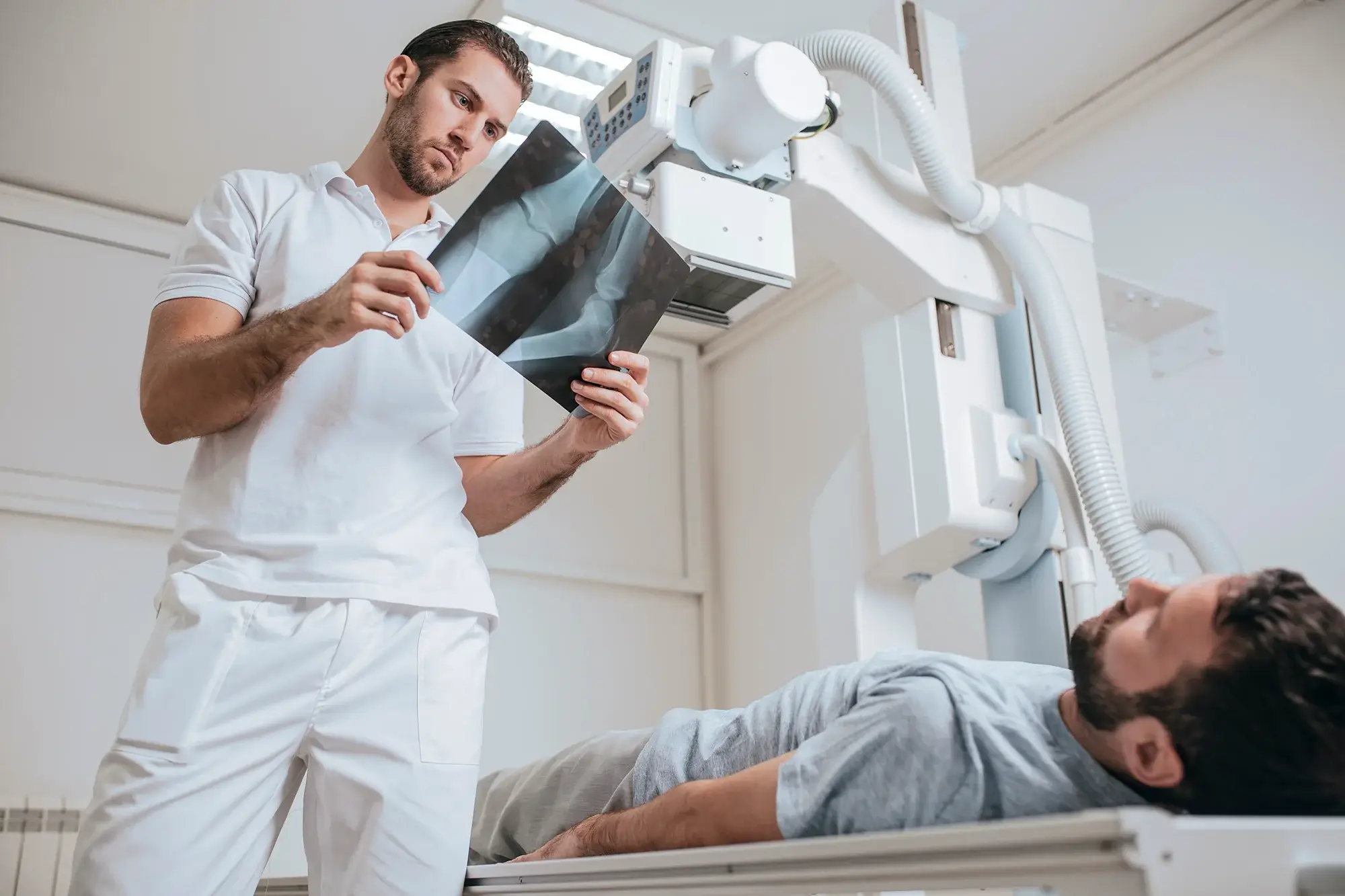
X-rays have even evolved for a diverse range of needs. Machines from a progressive minority woman-owned company known as KUBTEC Scientific perform X-rays for a multitude of problems. They have created a small animal X-ray allowing scientists to make in vivo observations acutely and longitudinally in the most microscopic anatomical parts and apply the results to pre-clinical implications in humans. Their X-rays have also been applied to agriculture by analyzing plant health growth, seed damage, and development and have even found a place in the forensic world by detecting trauma and cause of death through images of skeletal remains, excised bones, and organs. Through modern communication avenues like conferences and websites, companies like KUBTEC are taking story telling and visual design to new levels to help propel their technological advances into the future.
As the technology surrounding x-rays advances and as we cultivate new uses for the ways in which we use these rays, these large companies have been able to influence and transform various industries at a rapid pace. As we collectively share our stories and challenges we can also share how to begin to solve these problems. Our ability to communicate is now streamlined in comparison to how Roentgen once spread the word of his first discovery, and because of that, it poses the opportunity for these companies to continue to influence our culture efficiently and in extraordinary ways.

Marie Curie once said, “One never notices what is done; one only notices what needs to be done. We must have perseverance and, above all, confidence in ourselves. We must believe that we are gifted with something and that this must be attained.” Her words echo through generations. There is no doubt that the curiosity of our current-day trailblazers, physicists, creators, pioneers, and explorers, constantly yearning to learn more, and their ability to tell the inspiring stories of their innovations, is what propels us from mishap to miracle within a single century. But every so often, we must reflect on where we have started, the stories that have been the staircase, and the research that has been our foundation to see how far we have come.
What started out as a simple investigation took more than just luck to further its progression; it demanded a complex series of events passed on through generations of inquisitive researchers and powerful storytellers that continued to share their expeditions and brought us from (literally) a shot in the dark to discovering a new form of lifesaving communication in which we see the world today.

%20In%20Marketing.webp)

